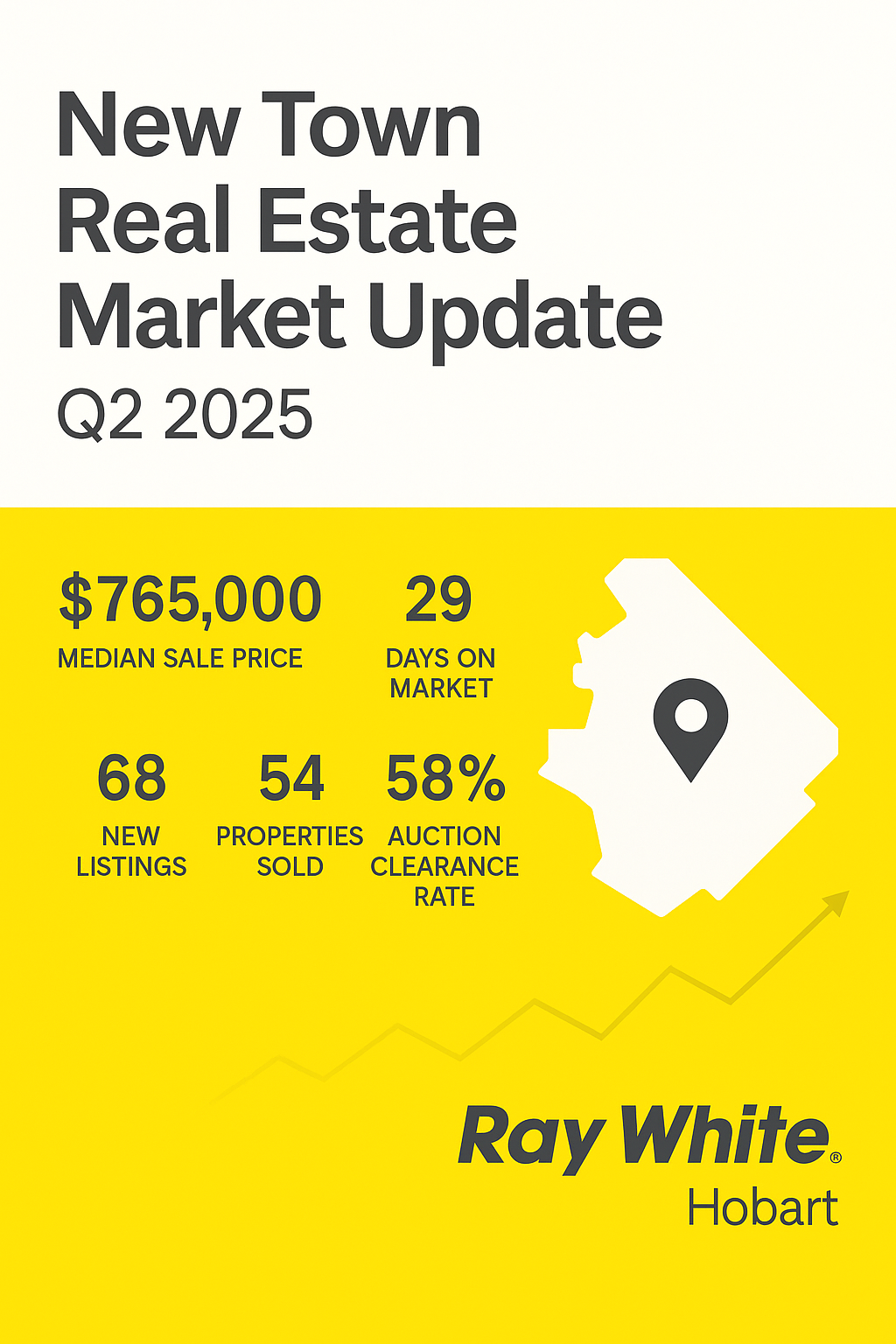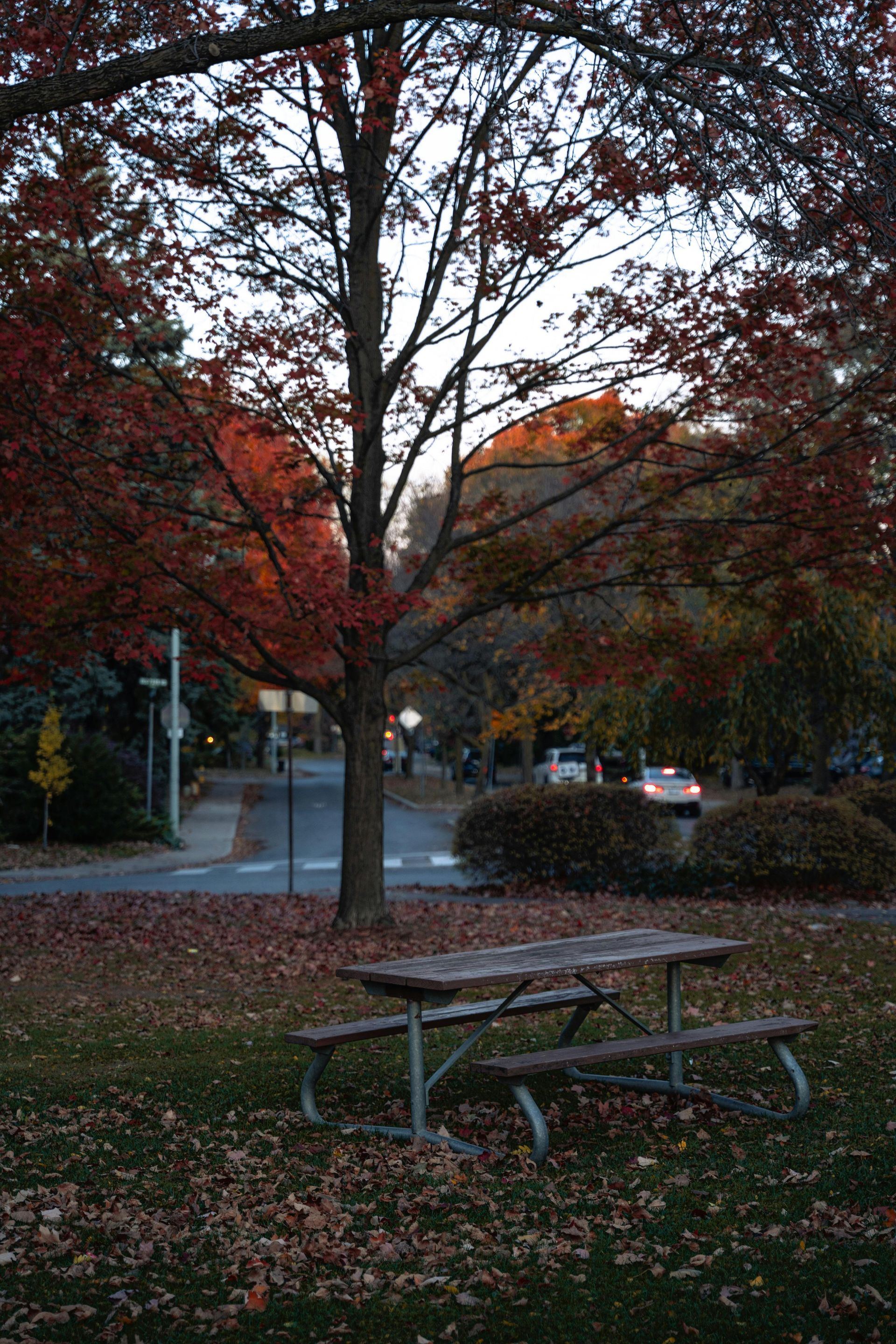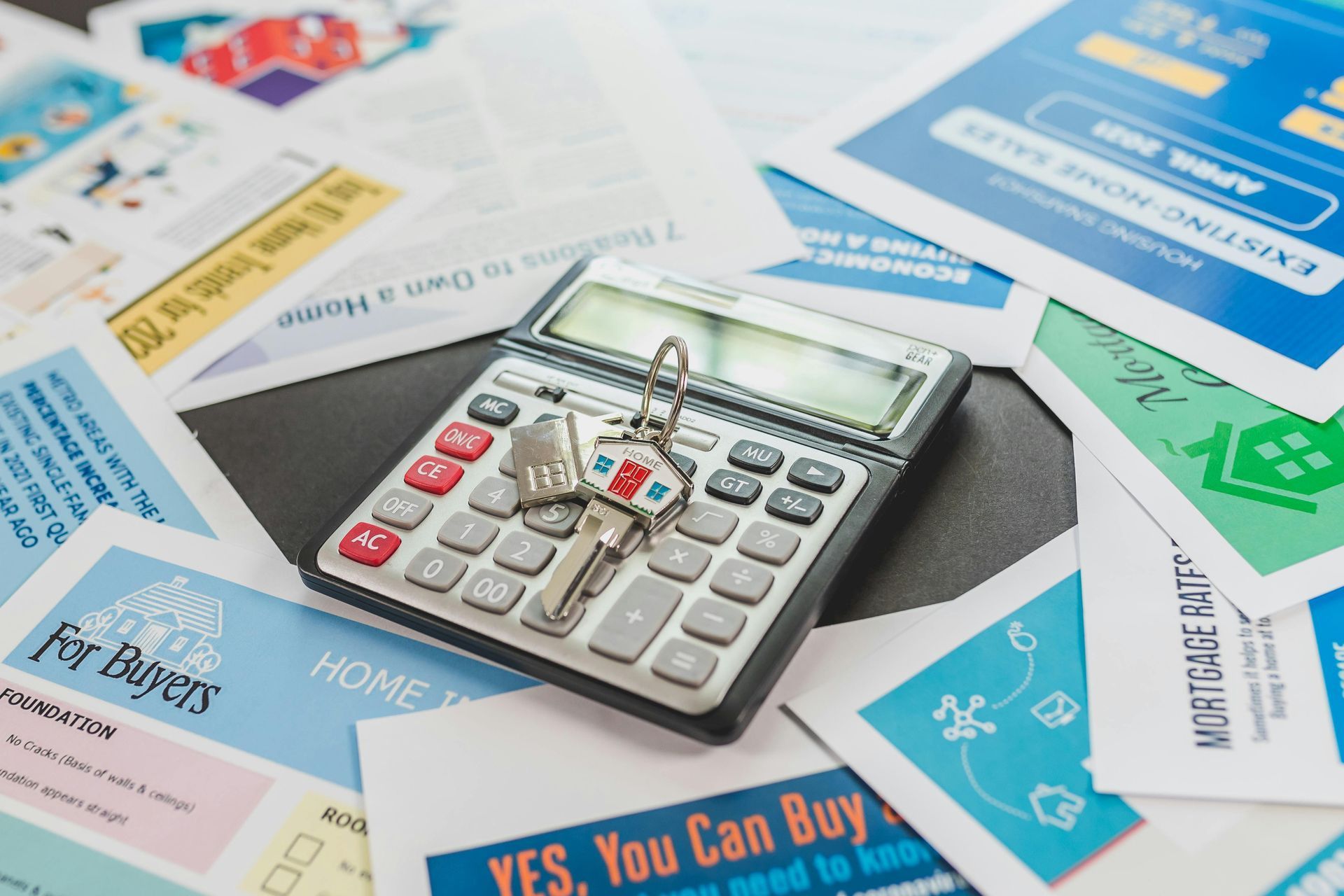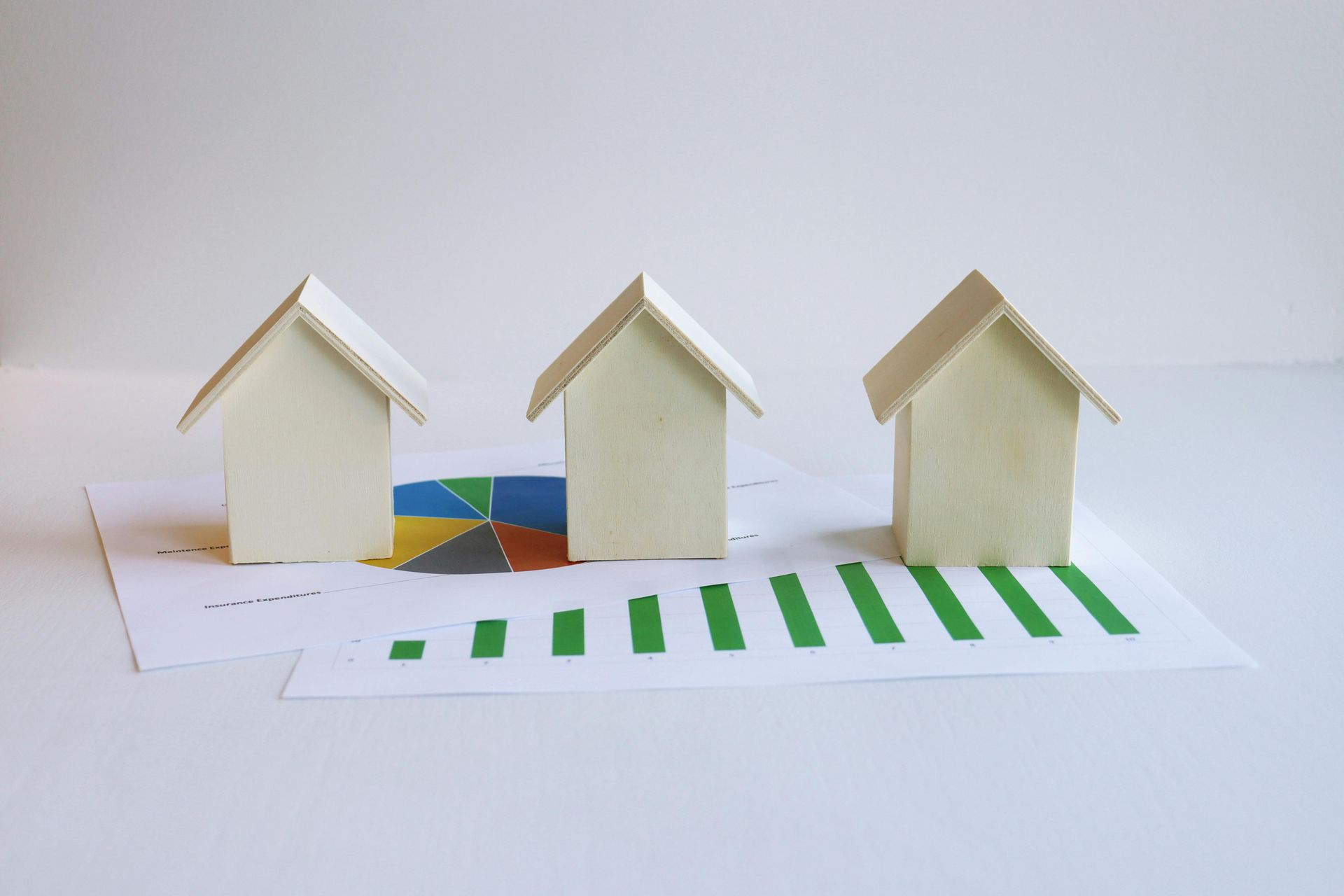Economic Update - What Does The Labour Win Mean For Property?
Economic Update - What Does The Labour Win Mean For Property?
Labor win will further boost current house price growth, but will lead to more homes being built
With Labor securing a victory in Saturday's federal election, Australia's housing market faces change as Albanese's affordability policies may initially drive prices higher before supply measures take effect.
Australia's housing market is poised for significant change under an administration that has placed housing affordability at the centre of its policy platform. The Albanese government's comprehensive housing package, while aimed at improving accessibility for first home buyers, is likely to drive prices higher in the near term before supply-side measures can take effect.
Details
100,000 homes for first home buyers. Labor has committed $10 billion to build 100,000 homes over eight years, exclusively for purchase by first home buyers. They would be built in partnership with state developers.
5 per cent deposits. Income limits under the First Home Buyers Guarantee would be abolished, allowing any first home buyer to purchase a home with just a 5 per cent deposit without having to pay Lenders Mortgage Insurance, and eligible property prices lifted.
Help to Buy. Eligibility to use the Help to Buy scheme, where the government covers up to 40 per cent of a home's cost that first home buyers can buy out at a later date, would be expanded.
Build to Rent. Property developers can access tax incentives to build apartments with a portion of units rented "affordably" below market rate.
Apprentice incentive payments. Payments up to $5,000 would be made to apprentices in priority areas, including construction, who complete their first year of training.
Foreign investor ban. Foreign buyers would be temporarily banned from Australia's housing market for two years.
Housing Australia Future Fund. A $10 billion program to build 30,000 social and affordable homes would continue to be rolled out over the next term of parliament.
Deposit scheme expansion: a double-edged sword.
Labor's signature policy - extending the 5 per cent deposit scheme to all first home buyers regardless of income - represents a fundamental shift in housing accessibility.
Under the expanded program, approximately 80,000 Australians are expected to enter the property market annually, up from the current 50,000 who access the income-capped version.
By removing the substantial barrier of lenders' mortgage insurance and the need for a 20 per cent deposit, the policy dramatically lowers the entry threshold to homeownership. For the typical Sydney property, this could mean the difference between needing a $200,000 deposit and requiring just $50,000 - potentially saving years of saving time for aspiring homeowners.
However, economic fundamentals suggest this policy is likely to drive price growth in the short term. The Productivity Commission's research on first home buyer incentives consistently shows that measures increasing purchasing power, without commensurate supply increases, typically lead to price escalation in targeted market segments. With more buyers able to enter the market simultaneously and competing for the existing housing stock, upward price pressure becomes inevitable.
Supply challenges amid construction headwinds
Labor's ambitious target of building 1.2 million new homes over five years, including the 100,000 dedicated first-buyer properties, represents an unprecedented construction challenge. Australia has never achieved this volume in any five-year period, with the closest being approximately 1.1 million homes last decade - a figure achieved with significant foreign capital investment.
The current construction environment presents substantial obstacles to meeting these targets:
- Building costs continue to outpace house price growth, making new construction increasingly uneconomical
- Industry insolvencies exceed 1,200 annually and continue to rise
- Labor productivity remains low compared to historical standards
- Construction timeframes have extended from 6.5 months pre-pandemic to over 10 months today
These factors severely constrain the industry's capacity to deliver on Labor's housing targets. The expanding gap between housing demand and supply - now approaching 500,000 dwellings nationwide - will likely continue to widen before significant new stock becomes available.
Market momentum building before policy implementation
Labor's victory comes at a time when Australia's housing market is already showing renewed momentum. April data confirmed accelerating price growth across both houses and units nationwide, with house prices nationally rising by 0.4 per cent to reach a median of $917,433, representing annual growth of 5.2 per cent.
This momentum, evident across 13 of 14 regions when comparing recent three-month periods, demonstrates the market's underlying strength even before the implementation of the new housing policies. The widespread acceleration suggests we're entering a new phase in the market cycle, with stronger conditions likely ahead as interest rate cuts materialise.
Markets now anticipate an almost certain cut at the next RBA meeting on May 20, which would benefit mortgage holders significantly and will almost certainly direct more money into the housing market. More cuts are expected to come through the remainder of the year, providing further stimulus to an already strengthening market.
Global uncertainty enhancing property's appeal
The Labor government takes office amid significant global economic uncertainty. Trump's "Liberation Day" tariffs have created substantial turbulence across financial markets worldwide, reflected in the unprecedented spike in the VIX index - Wall Street's "fear gauge."
In this environment of market volatility, residential property offers several distinct advantages that will likely attract increased investment:
-Greater price stability compared to share markets
- Tangible asset security with intrinsic utility value
- Immediate benefits from anticipated interest rate cuts
- Supply constraints supporting existing property values
These factors, combined with Labor's buyer-friendly policies, create a perfect storm for accelerated price growth across Australia's property markets.
The paradox: short-term pain for long-term gain
The paradox of Labor's housing policy is that while it risks exacerbating affordability challenges in the short term through price inflation, it may ultimately create the conditions for improved affordability in the longer term.
Higher property prices, while challenging for new entrants, makes it possible for developers to overcome construction barriers and bring new supply to market. As values rise, previously marginal development projects become viable, and the industry gains additional capital to expand capacity.
Labor's complementary policies - including apprentice incentives, Build to Rent tax benefits, and the Housing Australia Future Fund - aim to address supply-side constraints gradually. However, these measures will take time to yield significant results, likely trailing behind the immediate demand stimulus of the deposit guarantee scheme.
Outlook: prices rising to meet construction costs
The fundamental economic equation that will drive housing supply recovery is straightforward: house prices need to rise sufficiently to match or exceed construction costs. One of the key challenges plaguing Australia's housing supply has been that building costs have outpaced house price growth, making it more affordable in most parts of Australia to buy an existing home than build a new one.
As house prices accelerate under Labor's policies, they will inevitably reach levels that make new construction economically viable again. This price-to-cost equilibrium is the essential mechanism that will stimulate developers to increase supply despite the significant headwinds facing the construction industry.
The combination of Labor's demand-focused policies, already-building market momentum, anticipated interest rate cuts, and global economic uncertainty points to one clear outcome: accelerating property price growth through 2025 and potentially beyond. While this presents affordability challenges in the immediate term, it creates the necessary economic conditions for substantial new housing development.
This economic mechanism - though counterintuitive from an affordability perspective - represents the most reliable path to increasing housing supply and eventually moderating price growth through market forces. As prices rise to match construction costs, developers will respond with increased output, gradually addressing Australia's critical housing shortage and setting the foundation for more sustainable affordability in the years ahead.
Looking for a Property Partner to help navigate the property process. Reach out today! Click Here!







